|
Japan 11/03/2007 - Narita Airport and Chiba
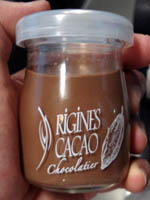 |
|
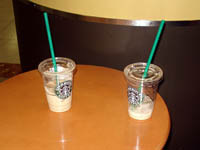 |
|
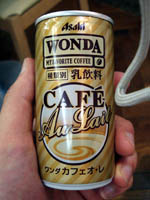 |
| This is a chocolate custard that I picked up in Jiyugaoka. Very soft, delicate, smooth and tasty. ¥420 |
|
I don't understand why, but Japanese people drink very little. At Starbucks the tall is only about 6 ounces, but still costs over $3. In this case the cup is half full of ice, yet the customer still didn't finish the drink! They must have drank a mere 2 ounces and then left the rest! |
|
Wonda Cafe au Lait ¥160 |
|
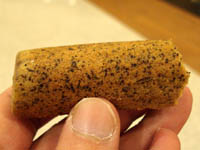 |
|
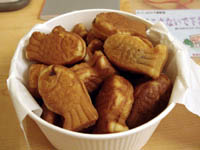 |
|
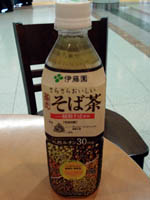 |
| This was a tasty Earl Grey biscuit. Good, but not as good as my own Earl Grey pound cake. ¥270 |
|
This are tastly little fish shaped manju. These were filled with custard, chocolate, pumpkin, red bean and others. 35 pieces (5 * 7 flavors) for ¥1000 |
|
Sobaccha - Tea made from Soba (buckwheat). Several restaurants had this but this particular one from a vending machine was kind of gross. I had to plug my nose to finish it! ¥160 |
|
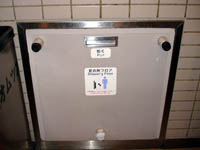 |
|
|
|
|
| At Narita, I found this in a restroom. It's a dressing floor that you can pull out so you have a place to stand without touching the dirty floor. It's not just practial and clean though, it also provides insight into Japanese culture. The idea of a higher location being cleaner and more pure is very prevalent. The root of this is because in ancient Japan, many houses were built directly on dirt and they would have separate outdoor and indoor shoes. Today you can see this in many Japanese houses which have a gein-kan. It is an entrance area where you remove your shoes, then you switch to slippers and step up a level. Tatami (bamboo mat) rooms are often another step higher and you remove your slippers before entering those as well. Additionally, you switch to different slippers when entering the toilet area, which is often at a lower level and separate from the bathroom and rest of the house. |
|
|

